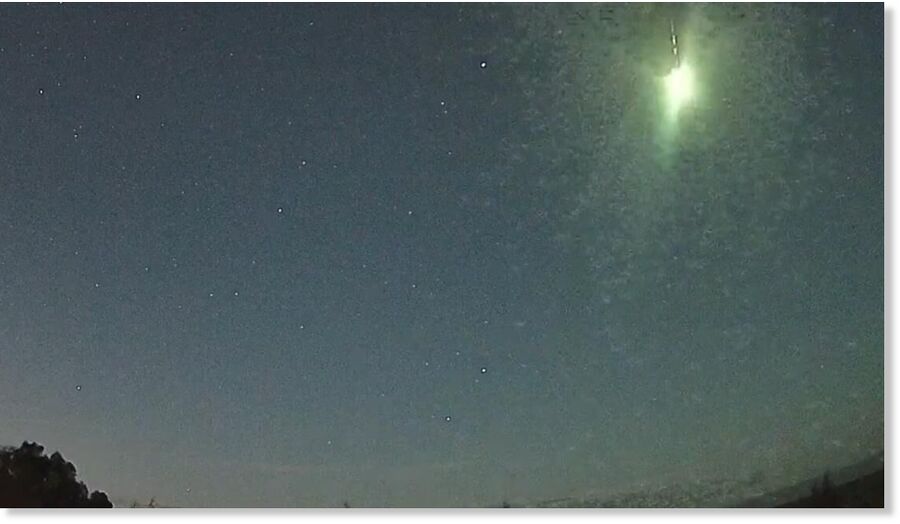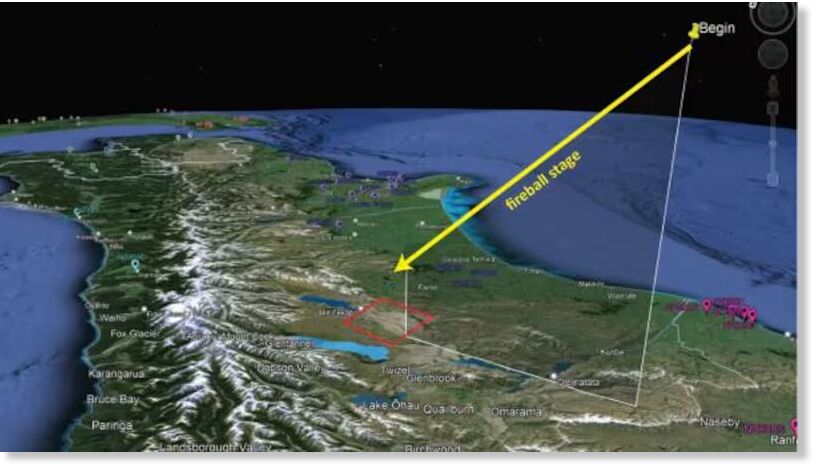
A number of Fireballs Aotearoa's monitoring cameras managed to catch a glimpse of the blazing ball of rock, which made itself known to skygazers around 9pm on Wednesday night.
The fireball was reported from Te Anau to Christchurch, with several lucky enough to witness it from their spa pools.
A report written by University of Otago's James Scott, detailed how the event played out.

Scott said it was "an unusual event" and some of the material may have made it to the ground.
"The orbit of the meteorite indicates that it came from the inner Solar System close to the Sun. Most meteorites come from ancient debris located in the Asteroid Belt and, to a lesser degree, Mars and the Moon.
"These rocks are typically millions, if not billions, of years old and represent material from which the planets, moons and asteroids have been built.
"Therefore, any space rock is valuable to science as it helps to define our place in space."
The Fireballs Aotearoa team believed any space rock that made it to the ground was likely to have made it in one piece. However, the team couldn't rule out that it might have split into fragments.
Any pieces of space rock from the fireball were calculated to have landed in the MacKenzie Basin to the south of Lake Tekapo.
"Furthermore, the rock was likely travelling at 200km/h as it hit Earth, and so could have embedded itself in the ground if this was soft enough.
"This would be marked by a small pit. Should anyone find any rock, they should record the precise location, photograph it in place, handle it gloved, and immediately let fireballsaotearoa@gmail.com know as we can classify the rock."
Fireballs Aotearoa also reminded Kiwis that any fallen meteorite, according to New Zealand law, belonged to the landowner.



Reader Comments
to our Newsletter